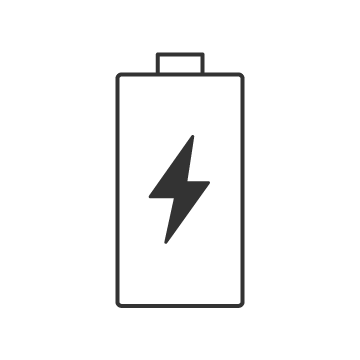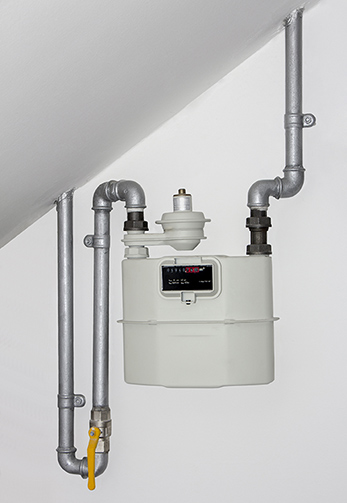SSZT644 august 2018 ADS7142 , BQ35100
Designers creating next-generation smart water, gas and electricity meters face a host of challenges. Besides the ever-present need to minimize cost in a highly competitive market, the performance, energy consumption and lifetime reliability requirements all force a continual search for innovative solutions.
When it comes to innovating, however, smart meter designers must solve these three specific challenges:
- Maximizing battery life, and therefore overall meter life.
- Improving the accuracy of flow measurement across the water and/or gas meter life cycle.
- Mitigating the increasing threat from tampering attacks that jeopardize meter performance and service-operator business models.
| View our reference design | |

|
Battery and System Health Monitoring of Battery Powered Smart Flow Meters Reference Design |
Let’s consider the first challenge. Smart water and gas meters must typically operate from a nonrechargeable primary cell battery for a minimum of 15 years in a wide range of environmental conditions, making both energy consumption and the reliability of accurate measurement over the entire product lifetime the highest design priorities.
The most common battery chemistries in smart water and gas meters are lithium-based. The lithium-thionyl chloride (LiSOCL2) cell’s high energy density and low self-discharge rate make it a good fit for long-life applications.
Another increasingly popular option is the lithium manganese dioxide (LiMnO2) chemistry, because of its strong capability for high pulse currents. As smart meters integrate more high-powered radio-frequency communication modules such as narrowband-Internet of Things modems, the batteries need to supply periodic current pulses of 1A or higher during transmission intervals.

Maximizing Smart Meter ROI with Predictive Maintenance

TI’s Battery and System Health Monitoring of Battery Powered Smart Flow Meters Reference Design demonstrates a novel solution for monitoring the overall health of water and gas meters. It uses the BQ35100 fuel gauge and end-of-service monitor to track the amount of energy remaining in the primary battery and provide an accurate estimate of the battery’s remaining life based on actual usage in the field.
The reference design also implements system monitoring using the ADS7142 sensor monitor to autonomously monitor system current consumption and compare it against projected usage in real time. This enables the system to immediately determine if operating conditions have changed. These changes could be due to the environment, component degradation, firmware bugs or some other failure condition, which would need to be identified.